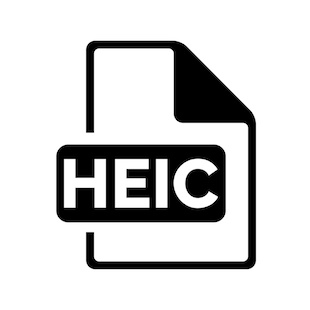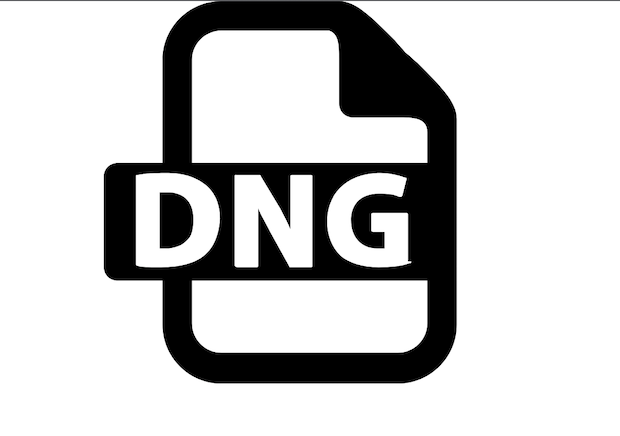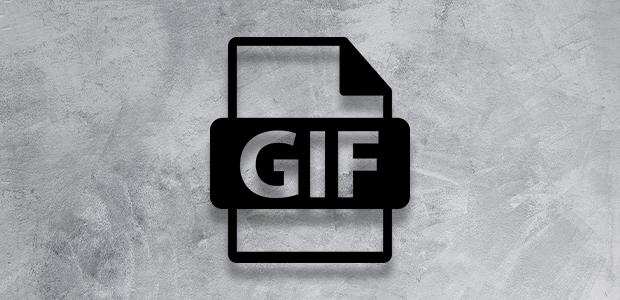Envira Gallery Blog
Digital Photography Tips, Tutorials and Resources
Digital Photography Tips, Tutorials and Resources

by Alexandra Bateman on Sep 10, 2023
Do you want to know which image format is best for you? Saving your images in the right file format for your project will save you from the hassle of working with low-quality images in the long run. Believe it or not, something as simple as file type can make printing your photos a breeze — or a pain! In this guide, we will share the best image format and their features.
Image file formats exist in more types than you’ll likely ever need to know. Here, in this article, we’ll talk about the most frequently used file types. These file types are compatible with industry best photo editing software so you’ll always be able to edit them in the future.
Without further ado, let’s look at the best image file formats and their different features:

JPEG stands for Joint Photographic Experts Group, and it’s extension is widely written as .jpg. This most used image file format is used to store photos all over the world, and is generally a default file format for saving images. In fact, most of the images you find online will download as .jpg files.
JPEG files come in different quality levels like low, medium and high. Low quality JPEGs are more compressed than high quality versions. So, if you need a high quality image, you’ll need to choose a less compressed JPEG option.
Most commonly, JPEG images are great for sharing on social media, via email and on websites. These files are relatively small, so they take up less space on your memory cards and computer storage. Beware, though, that saving images as JPEGs can compromise the quality of that image.
When to Use JPEG Image Format:

PNG stands for Portable Network Graphics. It’s an important file format that helps a lot in photo editing. You can use PNGs for completely transparent backgrounds or drop shadows (partial transparency) for the great effects.
This image format will not sacrifice the quality and details of the photos, but that means that they are typically larger in size than JPEGs. Thus, PNGs are best for small images like logos.
When to Use PNG Image Format:

HEIF stand for High Efficiency Image Format. HEIF files are great since they are smaller than most file formats on this list, but retain the same quality of the image. You may recognize this format as the default format used on iPhone for storing pictures.
Its worth nothing compatibility can be an issue, especially with browsers. In addition the format is not open source.
When to Use HEIF Image Format:

DNG which stands for Digital Negative, is image format created by Adobe. While it falls under the RAW image category, its seldom used as the RAW format for most cameras (although there are several which save in DNG). DNG is a much higher image fidelity vs JPEG or HEIC format. The tradeoffs of the file types listed above are to save storage space while DNG’s function is to save the exact quality and detail taken by the original camera. While viewing original dimensions of an image it may not be all that apparent, however, zoom in and you’ll see the details retained by DNG vs the other formats.
The drawbacks of DNG are its file size and long wait times for conversion. For slower systems editing can become a chore.
When to Use DNG Image Format:

GIF stands for Graphics Interchange Format, and it’s quite similar to PNG in terms of its image quality preservation. With GIF image files, you can also create short animations for web.
This image format has a smaller color range, so it’s not suitable for all photos. Like PNG, GIF images can be transparent. But, unlike PNG, GIF doesn’t support partial transparency, which means you can’t use them to preserve shadow effects in your photos.
When to Use GIF Image Format:

PSD stands for Photoshop Document. When you save an image from Adobe Photoshop, the program’s default is to save that photo as a PSD file. You can then use that file to edit the individual layers you created in Photoshop at a later time.
This file format is not suitable for web, nor is it suitable for clients because it isn’t versatile. However, it is one of the best image formats for maintaining the quality of your image over a long period of time.
You should save your edited images as PSDs, especially if you intend to revisit them in Photoshop for additional retouching. You’ll need to make sure that your layers are not merged before you save your PSD file, or you’ll lose some of your editing capabilities.
Because it contains so much information in different layers, the size of your PSD files will be quite large. But, the trade-off is access to the highest quality version of your images for printing.
When to Use PSD Image Format:
Of course, you can only save your images as PSD files if you work in Photoshop. You can get Photoshop here from Adobe’s site for only $9.99/month.

TIFF stands for Tagged Image File Format, and it is known as the most used file format by photographers and designers. Images stored as TIFF files are best for post-processing, because they are not compressed at all.
With TIFF files, you can create all kinds of digital images. You can use TIFFs with any photo editing software to perfect your photos, and you can re-save TIFFs as any other file format. Although TIFF files take up more space on your devices, they provide you a lot of flexibility.
Many photographers choose to save TIFF files of all of their photographer on an external drive. That way, they can always return to them should they need to retouch or re-save their photos.
When to Use TIFF Image Format:
We hope this guide has helped you to learn the best image format and their features. You may also want to check out our guide on how to upload large images in WordPress. If you find that your images load slowly on your site, we recommend taking a look at this ultimate guide to boosting website speed and performance.
Good luck with your file saving, and don’t forget to follow us on Twitter and Facebook for more free WordPress guides and resources.
Envira Gallery helps photographers create beautiful photo and video galleries in just a few clicks so that they can showcase and sell their work.

What format for people pictures is hardest to edit (to protect our client’s pictures from being doctored) if its downloaded?
Can one build a protection against pictures being downloaded or file format that would discourage downloading?
@ Syed kamal;
Hardest to download: .svg (Scaled Vector Graphics). By far. They don’t work like your average image and non professional users will not know what to do with ’em. Your average run of the mill software will not display it, but it actually has huge benefits for online web uses.
Plus, since it can be used as a DOM node-based API it kind of looks horrible and very, VERY discouraging to a lot of potential image thieves 😉
But if it is a format for you really depends on what image you want to display.
There is however no format to prevent downloading and editing of your images. When you put them on display, they will always remain vulnerable to piracy. You can watermark them to make them useless for unauthorized uses (like the big image selling sites tend to do), but if you use them for aesthetic purposes on your site, you probably don’t want to watermark them.
Ps -> About this article though, thanks a billion! Just the clear information I needed to determine the format for my scanned images ^^
Hello Very Cool
Thank you for all the insight.
I have a question pertaining to saved image files. When they are saved with the prefix cross0. followed by a set of numbers .jpg, what does the cross0 mean or stand for?
what file format recroded original date of save.creation? i know it was simple gif tiff or png
Your article is great and useful, if your image is taken in jpg format and wants to convert to png.
Hello dear,
Can one build protection against pictures being downloaded or file format that would discourage downloading?
Hey Wicky, Envira Gallery can do that.
I’m new to this and I don’t know how to put a water mark or my name on all my photos, from this Camera?
Hey Debb, check out our article on How to Add A Watermark with Photoshop and Lightroom http://enviragallery.com/how-to-add-a-signature-watermark-with-photoshop-and-lightroom/
i think PNG format is a good one for photography
I actually have some fans on a Facebook page related to this stuff. I’ll share your post with them and see what they have to say. I’m sure they’ll love it though.
A very nice piece… Thanks
Thank you so much for all the insights. I am actually currently really working as freelance Visual Artist, providing services and artworks. And in this moment, for an important commission I am delivering, I did need to make a point, a personal point with the file formats to properly assume informations on what my kind of clients could need and me to usually save as file formats, etc. Things that only when you seriously need for your interests, you’ll go to properly review and assume as base concept to pin all over until they become bible for your work. Thank you.
good
I think PNG = Portable Network Graphics is better and helpful .